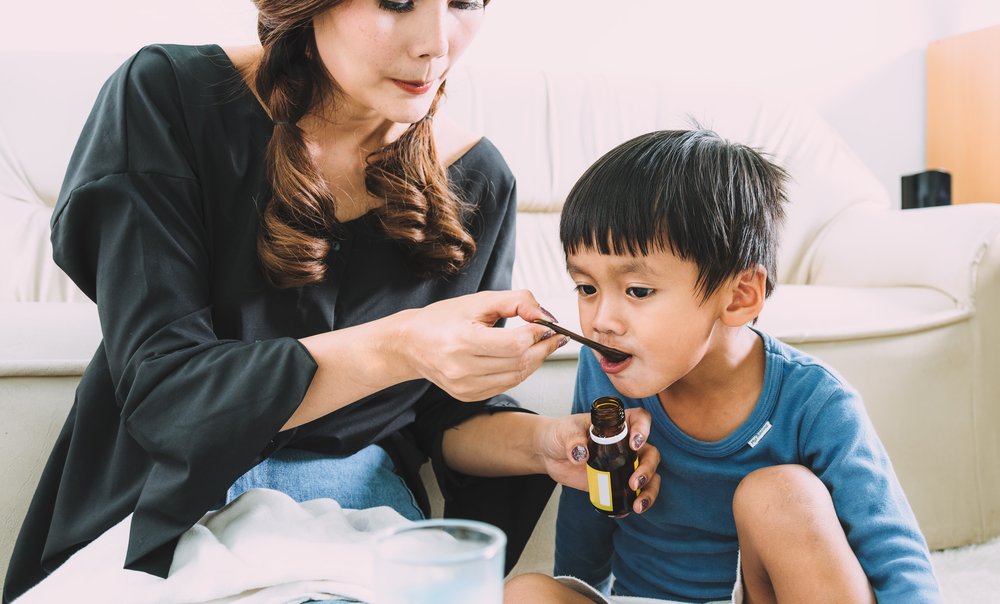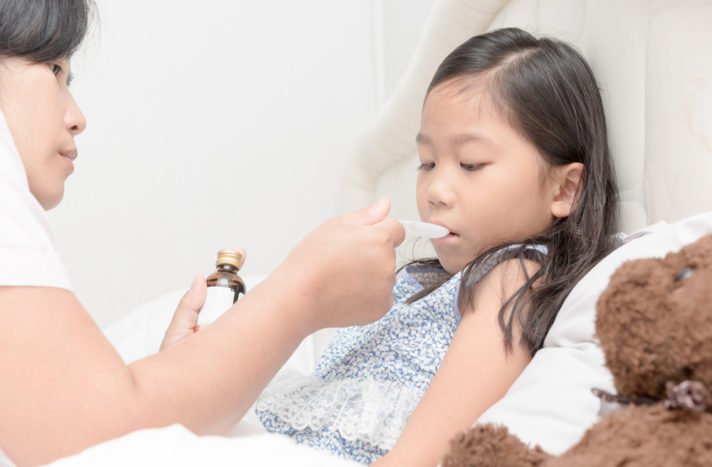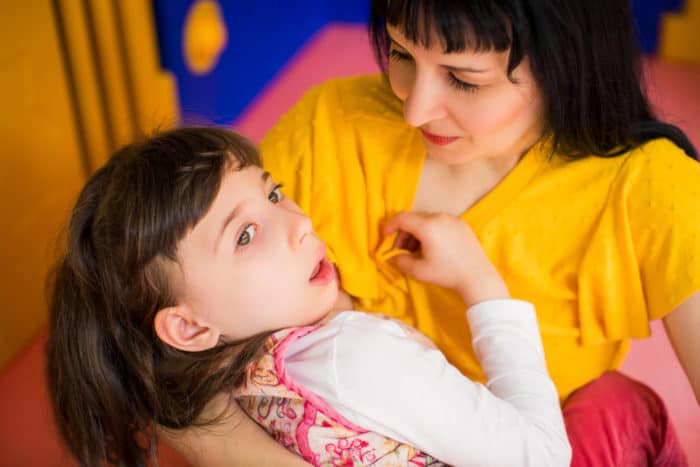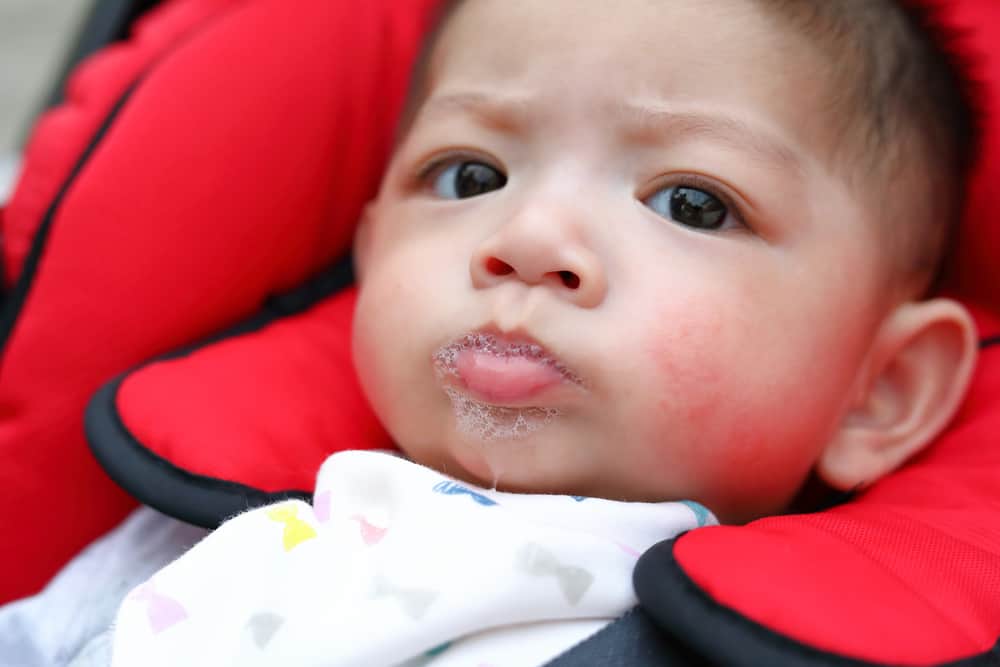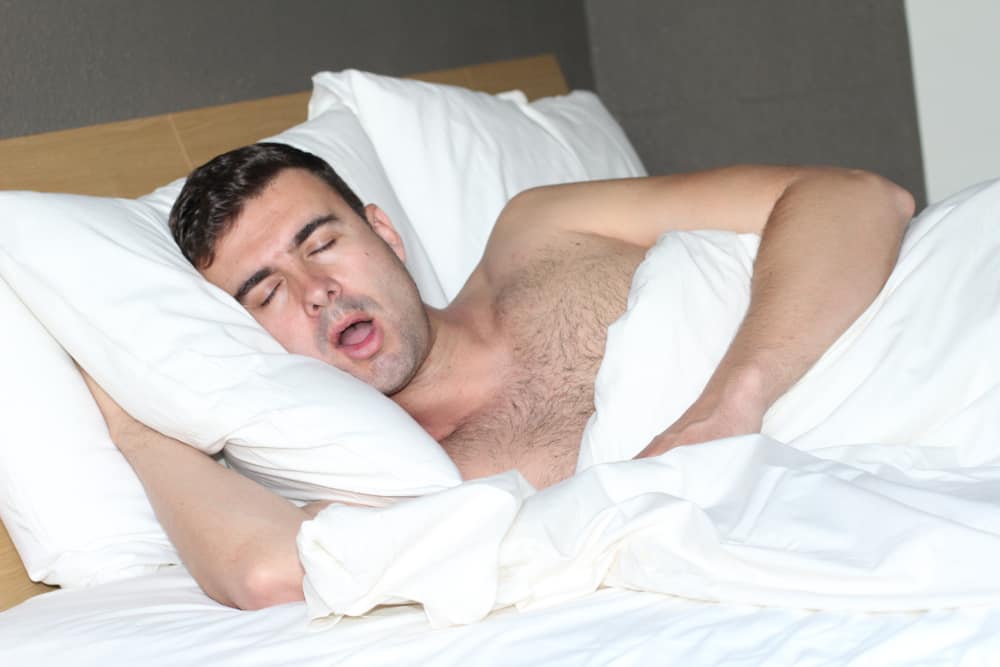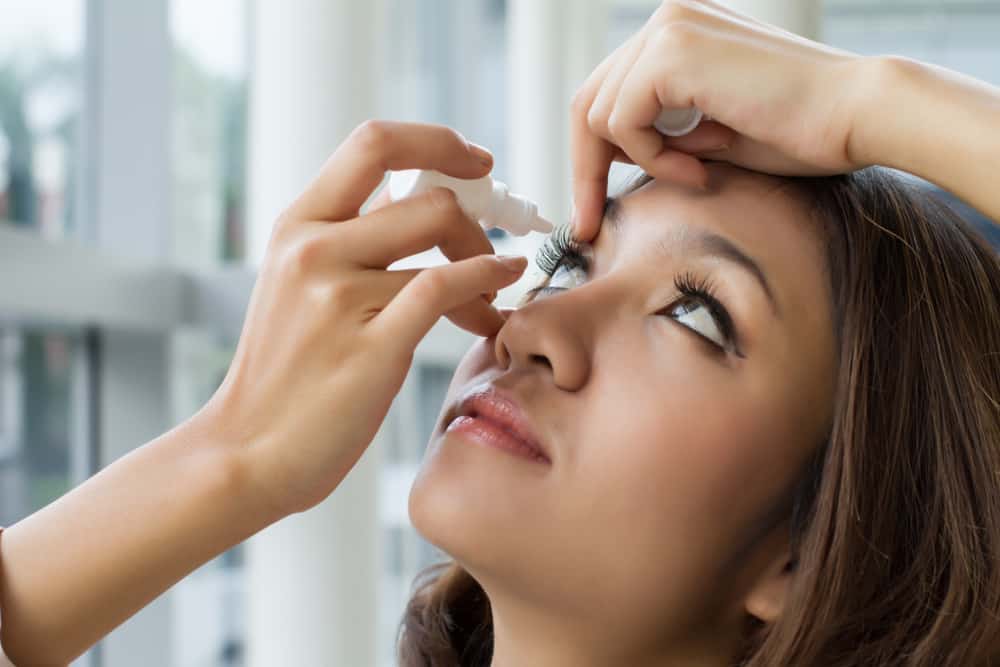Contents:
- Medical Video: Psychogenic Seizures — What are They, How Can They be Diagnosed and Treated?
- Treatment of epilepsy in children
- The drug continues to be given until the child is free of seizures
- Tips for treating epilepsy in children
Medical Video: Psychogenic Seizures — What are They, How Can They be Diagnosed and Treated?
Epilepsy or epilepsy is a disease that has a sign of recurrent seizures that often appear without cause. Epileptic seizures occur because of a central nervous system disorder that causes seizures or sometimes loss of consciousness. Epilepsy is experienced by many children. Even so, epilepsy in children can be cured by taking medication. So, what should parents do when accompanying their child to undergo epilepsy treatment?
Treatment of epilepsy in children
If your child has recurrent seizures twice or more at different times and there are no other causes, then your child can be said to have epilepsy. Treatment for epilepsy usually starts with drugs to prevent seizures, or so-called antiepileptic drugs.
Before starting treatment, the doctor will do an electroencephalography (EEG) examination to see which part of the brain is the cause. This examination is also done to see if there is a spread to other areas of the brain and to see the type of epilepsy in children.
All of these are useful for determining the antiepileptic drug to be given, the type of epilepsy, and determining the course of epilepsy in the future. Every child will respond to antiepileptic drugs in different ways. Therefore, antiepileptic drugs will be given gradually.
The drug continues to be given until the child is free of seizures
At the beginning of treatment, the doctor will give one type of epilepsy medicine with a minimum dose. If a seizure still appears, the doctor will increase the dose gradually until the optimal dose can prevent seizures.
The right dose will continue to be maintained for up to two years free of seizures. The dose will also be adjusted if there is an increase in the child's weight.
If one type of drug with a maximum dose cannot control a child's seizure, the doctor will add a second antiepileptic drug. Or swap with different types of drugs.
However, with the right dose of the right drug, about 7 out of every 10 children with epilepsy can control their seizures.
If antiepileptic drugs do not function, there are several other treatment options including:
- brain surgery
- medical devices to prevent and control seizures
- diet therapy (eg the ketogenic diet, modified Atkins diet, low glycemic index treatment)
Tips for treating epilepsy in children
Treatment of epilepsy in children is certainly not an easy thing. Parents need to pay attention to things in order to make epilepsy treatment more smoothly and the little one get better sooner.
- Schedule for taking medication. If the medication must be taken twice a day, it means the distance to take the medicine is 12 hours. Likewise if the drug dosage is three times a day, the drinking distance is 8 hours. Stopping taking medication suddenly will lead to seizures.
- If you forget to give medication, give it as soon as possible when you remember. Ask your doctor what to do if your child forgets to take one dose of medication.
- Tell your doctor about other medications your child is taking, including vitamins, to find out if they affect the work of antiepileptic drugs. Because some drugs such as decongestants, astosals and herbal medicines can interact with antiepileptic drugs.
- Do not interfere with antiepileptic drugs at random. For example, changing the patent brand drug to a generic drug without consulting your pediatrician. Because differences in drug processing can affect the metabolism of antiepileptic drugs in a child's body.
- Children with epilepsy should wear identification.
- Tell your child's teacher if an antiepileptic drug is taken when the child is in school.
- Provide a backup drug for two weeks, avoid running out of impromptu drugs.
- Store antiepileptic drugs in a place that is difficult for your child to reach.
- For children who are older, install a reminder alarm when taking medication equipped with a medicine box.
- If you and your child are staying outside, to make it easier, for antiepileptic drugs to be taken in several doses for one day.
- It is important to know and recognize triggers for seizures in your child so that seizures can be avoided. Some of the triggers for seizures that are often experienced include forgetting to take medication, lack of sleep, being late or forgetting to eat, physical and emotional stress, illness or fever, low doses of antiepileptic drugs in the blood, flashing lights produced by computers, televisions, cellphones .

